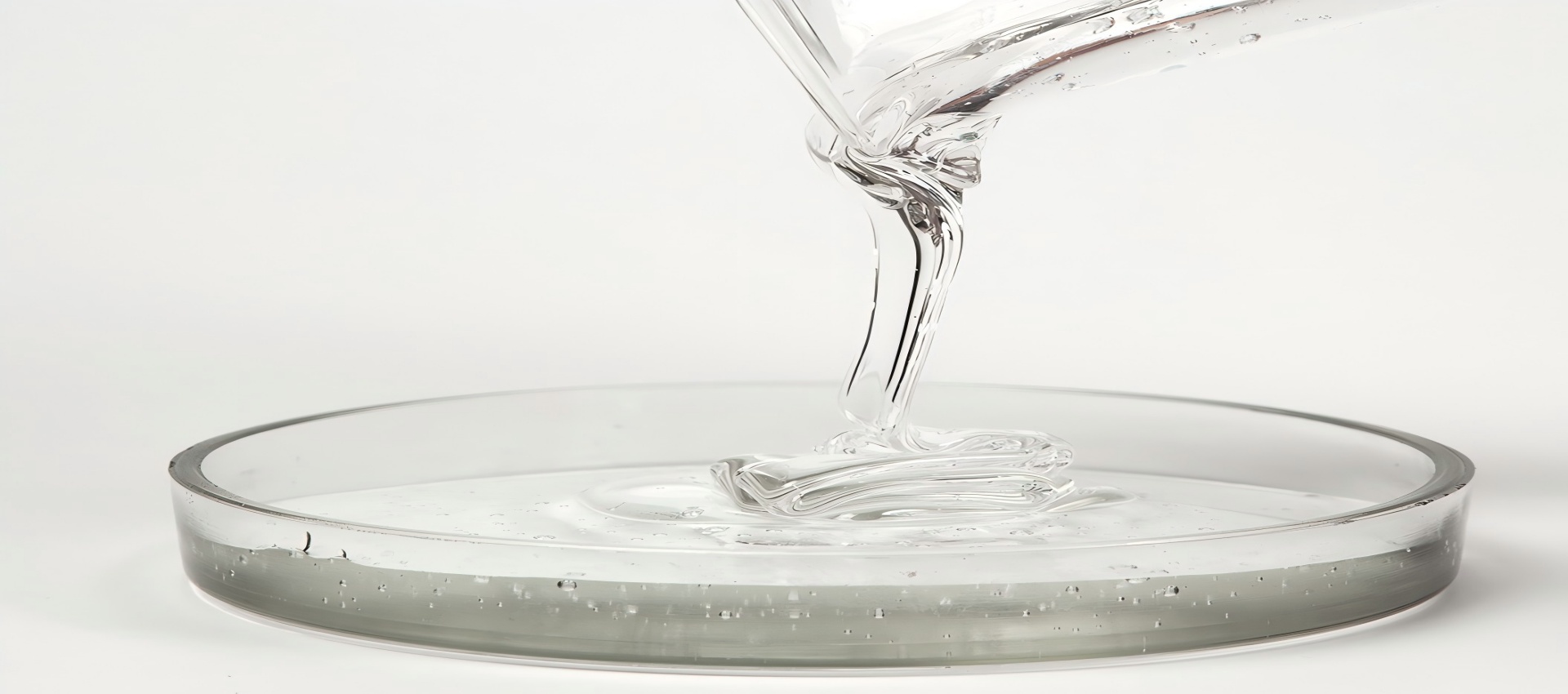
heptamethyltrisiloxane factory&supplier

Heptamethyltrisiloxane
Everything you need to know about our products and company
How to Determine the Purity of Heptamethyltrisiloxane: A Comprehensive Guide
Heptamethyltrisiloxane (CAS 1873-88-7), a critical intermediate in silicone chemistry, requires precise purity assessment to ensure its performance in applications like surfactants, coatings, and agricultural additives. Below, we explore validated methods for determining its purity, combining industry standards with practical insights.
Gas Chromatography (GC)
GC is widely used for heptamethyltrisiloxane purity analysis due to its high resolution. A capillary column (e.g., DB-5) with a flame ionization detector (FID) effectively separates impurities like unreacted hexamethyldisiloxane or byproducts. The retention time and peak area integration provide quantitative data, with a purity threshold of ≥99% typically required for industrial use .
High-Performance Liquid Chromatography (HPLC)
For complex mixtures, HPLC offers superior sensitivity. Using a C18 column and methanol/water mobile phases, impurities such as methylsiloxanes or residual solvents can be identified. This method aligns with pharmacopeial standards for silicone derivatives .
Infrared (IR) Spectroscopy
IR spectroscopy confirms functional groups and detects contaminants. Heptamethyltrisiloxane exhibits characteristic absorption bands at 8.6 ppm (Si-O-Si) and 2.9 ppm (Si-CH3). Deviations in peak positions or intensities signal impurities like hydroxylated byproducts .
Nuclear Magnetic Resonance (NMR)
Proton NMR (δ 0.5–1.5 ppm for Si-CH3 groups) and carbon NMR provide detailed structural insights. This method is ideal for identifying low-concentration impurities, such as ethoxy or acetate groups introduced during synthesis .
Solid-State Silicon NMR
Specialized silicon NMR analyzes the Si-O-Si network integrity. A pure sample shows a sharp peak at δ 8.6 ppm, while broadening indicates structural defects or incomplete polymerization .
Melting Point Determination
Pure heptamethyltrisiloxane melts at 141–142°C. A Thiele tube setup with a capillary tube can detect impurities, which lower the melting point or widen the range. For example, residual hexamethyldisiloxane may depress the melting point by 1–2°C .
Refractive Index Measurement
A refractometer measures the refractive index (1.3815–1.3830 at 25°C). Deviations suggest contamination, such as higher molecular weight siloxanes or organic solvents .
Acid Value Titration
Free acid content (e.g., from unneutralized catalysts) is quantified using KOH titration. A purity test standard (HG/T 4804-2015) mandates ≤0.01% acid value for high-grade heptamethyltrisiloxane .
Karl Fischer Titration
Moisture content must be <50 ppm. This method is critical, as residual water can hydrolyze siloxane bonds, degrading product stability .
Adhering to standards like GB/T 43535-2023 (China) or ASTM D7515 (gas chromatography for purity) ensures global acceptability. Laboratories often cross-validate results using multiple techniques to meet regulatory requirements .
Biyuan’s advanced analytical services combine cutting-edge instrumentation (e.g., Agilent GC-MS, Bruker NMR) with ISO-certified protocols. Their expertise in silicone chemistry ensures accurate detection of trace impurities, critical for applications in pharmaceuticals and high-performance coatings. Whether optimizing synthesis or troubleshooting quality issues, Biyuan delivers reliable data to elevate your product standards.
Final Notes
Purity testing for heptamethyltrisiloxane demands a multi-method approach. By integrating chromatography, spectroscopy, and physical assays, manufacturers can ensure product integrity and compliance. For tailored solutions, consult Biyuan’s team of analytical chemists to tailor testing workflows to your needs.
Our most popular products loved by customers worldwide
Heptamethyltrisiloxane is emerging as a transformative functional material in the pharmaceutical industry. This volatile silicone derivative combines low viscosity with high permeability, offering unique solutions for advanced drug delivery systems and medical device technologies. Certified USP Class VI and compliant with ISO 10993-5 standards, heptamet.
Heptamethyltrisiloxane is transforming the personal care industry through its unique volatile characteristics and exceptional spreading properties. This lightweight silicone fluid delivers instant sensory enhancement while providing functional benefits across various product categories. Heptamethyltrisiloxane meets rigorous safety standards including RE.
Heptamethyltrisiloxane is emerging as a powerful adjuvant in modern agriculture, leveraging its unique properties to enhance crop protection product performance. This organosilicone compound acts as a super-spreader, dramatically improving the efficacy of pesticides, herbicides, and fungicides through superior surface coverage and penetration. The mater.
Heptamethyltrisiloxane is gaining recognition as a versatile performance additive in various industrial sectors due to its unique combination of low viscosity, high volatility, and exceptional surface activity. This organosilicone compound serves as an efficient process aid and functional modifier across multiple applications. Heptamethyltrisiloxane off.